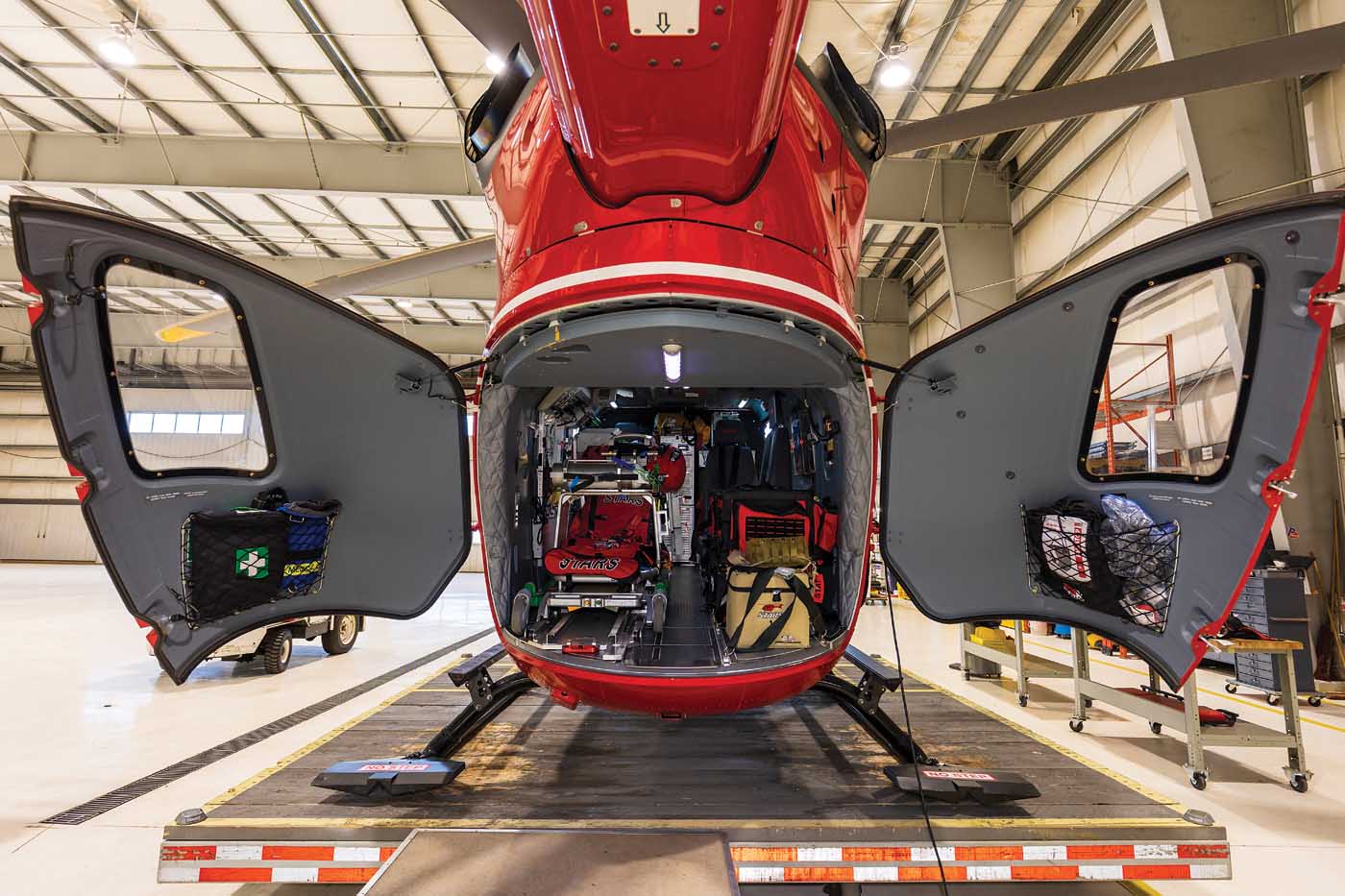In 1995, when Aerolite began establishing itself as one of the world’s leading aviation medical interior providers, the company’s business philosophies aligned perfectly with its passions.
The goal then, and ever since, has been to help emergency medical service (EMS) operators save lives by providing versatile, lightweight and customized medical interiors for any platform.
“That’s our credo and our vision,” said Roland Hengartner, CEO of Aerolite. “Our goal is to fulfill missions for the operator. They get full support from our product and service, so they can fulfill their missions. That’s our passion.”
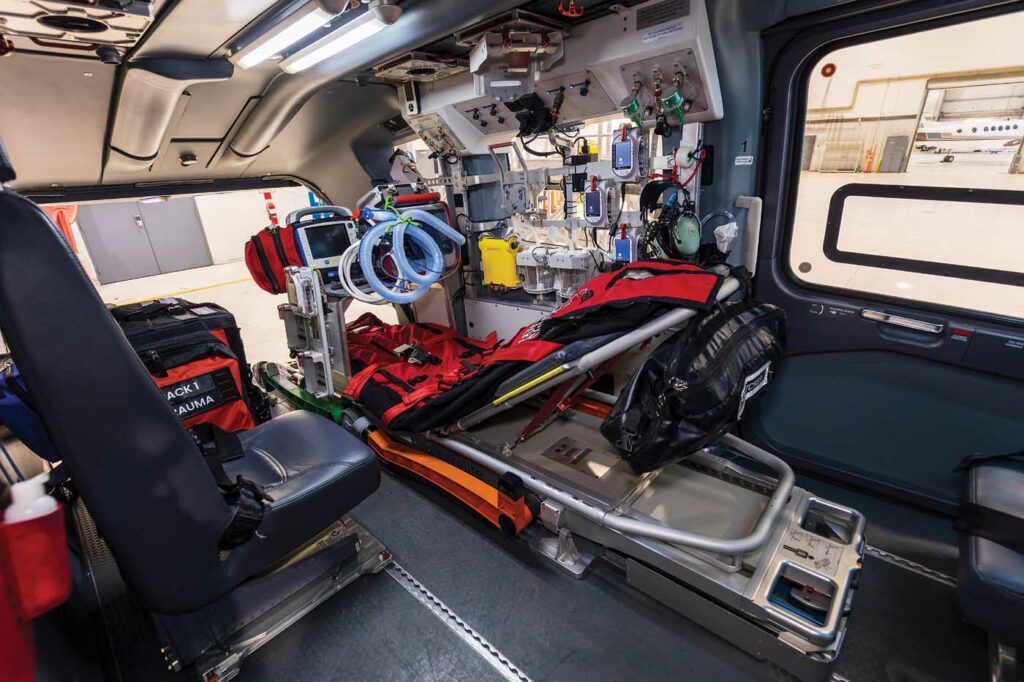
Aerolite is headquartered in Ennetbürgen, Switzerland, about 20 kilometers (12 miles) west of Lucerne, with a global clientele that includes major helicopter and fixed-wing EMS operators in more than 30 countries.
Its 100 employees are located in Ennetbürgen and at a secondary facility in Fort Mill, South Carolina, that serves the U.S. market.
Together, they complete about 35 helicopter and fixed-wing medical interiors every year for any major aviation platform, including original equipment manufacturers like Airbus Helicopters, Leonardo, Bell, Pilatus, Bombardier and Embraer.
On any given day, approximately 650 Aerolite interiors are in operation worldwide, and each one is carefully tailored to the needs of each individual operator.
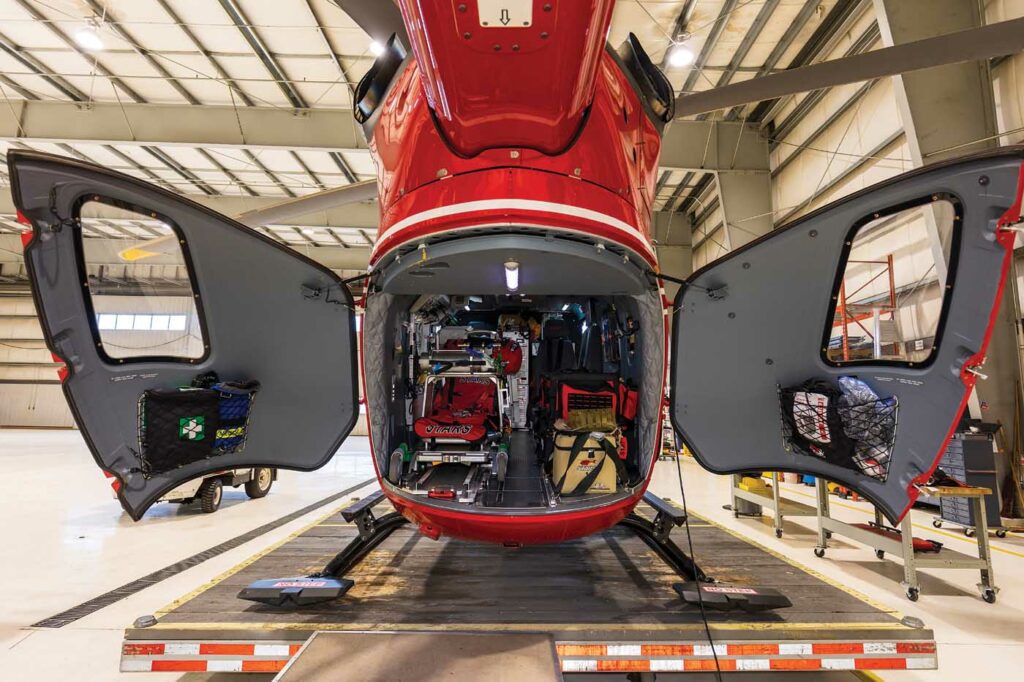
“One of the big advantages is that we stay in very close contact with the customer,” Hengartner said. “We always have an open ear and an open mind to any customer recommendations or requirements. The product is developed and produced for their needs.”
Along with this customized approach, Aerolite distinguishes itself by providing ultralight equipment made from specialized carbon fiber and aluminum.
All this material is manufactured in-house, to the precise needs of each client. Aerolite works closely with operators during the design phase, then creates a full-sized mock-up to ensure the medical interior meets or exceeds their expectations.
Then, the final product is manufactured in-house and installed by Aerolite staff.
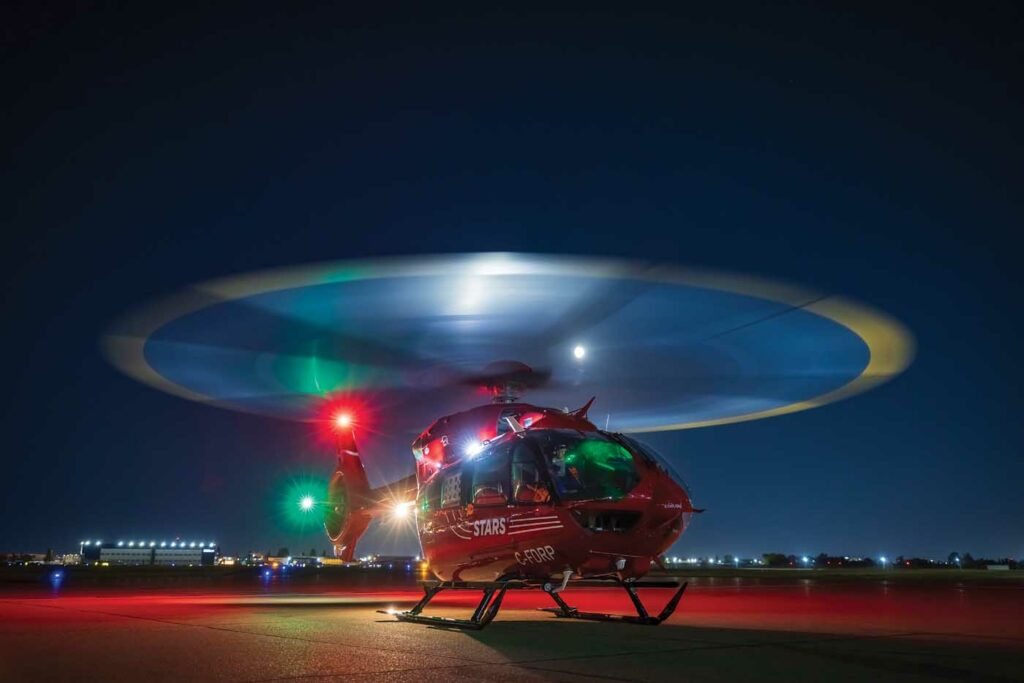
“The communication is on a high level, and we have high priority on the concept phase with the customer,” Hengartner said. “And our structure weight is very low, but the payload is as much as possible — so that’s the big advantage. If you have a light structure, you can carry more patients and have more weight for the medical devices.”
A key example is the customizable Aerolite roll-in stretcher system for Airbus H145 and Leonardo AW169 medical helicopters.
These ultralight systems feature adjustable legs attached to the platform stretcher that automatically fold down when extracting a patient from the aircraft.
They also fold up automatically when a patient is placed inside the helicopter, a process that requires only a few seconds in the time-pressured environment of an EMS call.

Once inside the helicopter cabin, the stretcher can be outfitted with a lightweight aluminum pack rack (also known as a stretcher bridge) that is certified for use during takeoff and landing.
The pack rack serves as a platform for other medical devices like defibrillators and oxygen systems during flight. This compact, removable system enables EMS providers to maximize space in the helicopter cabin and helps them maneuver life-saving medical equipment more easily before arriving at the hospital.
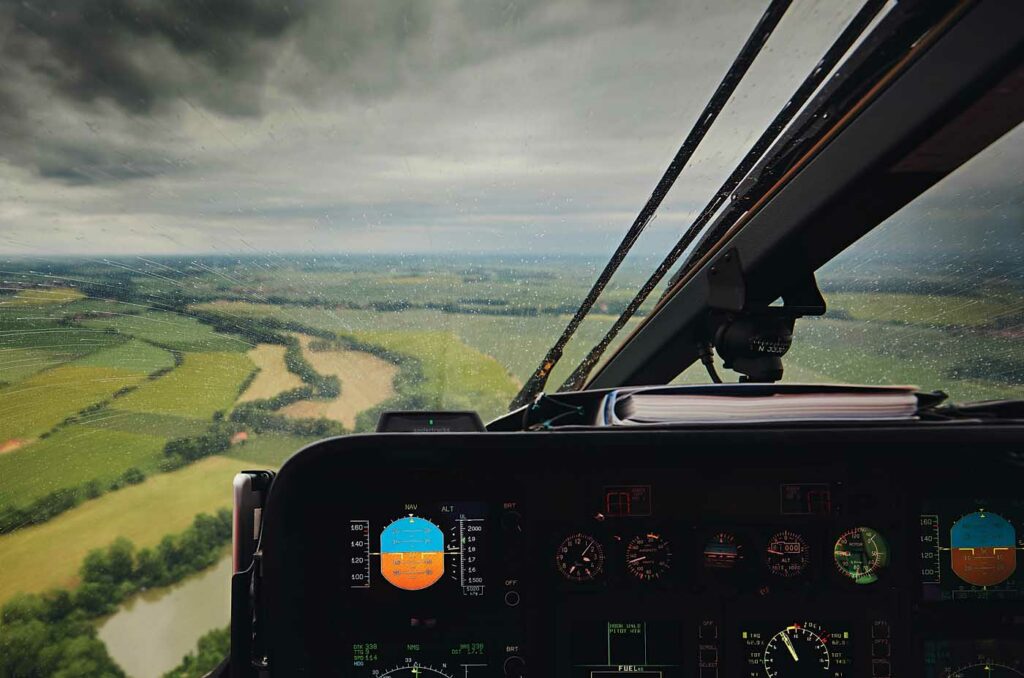
After landing on a helipad, the pack rack can be partially dismantled by removing its sidewall. This allows paramedics to swiftly move the patient out from under the pack rack, and easily transfer them from the roll-in stretcher to a hospital gurney.
“We always try to engineer our product as light as possible with high functionality, and we can produce everything in-house,” Hengartner said.

While roll-in systems are an Aerolite specialty, the company also designs, tests and manufactures full medical interiors, including comprehensive patient transfer units, portable intensive care units, and stretcher systems for ground-based military medical transport.
Aerolite even has the ability to manufacture aircraft wings and fuselage for hybrid-electric aircraft.
“Aerolite is a company that always drives development,” Hengartner said. “We would like to be at market with new products in the near future.”
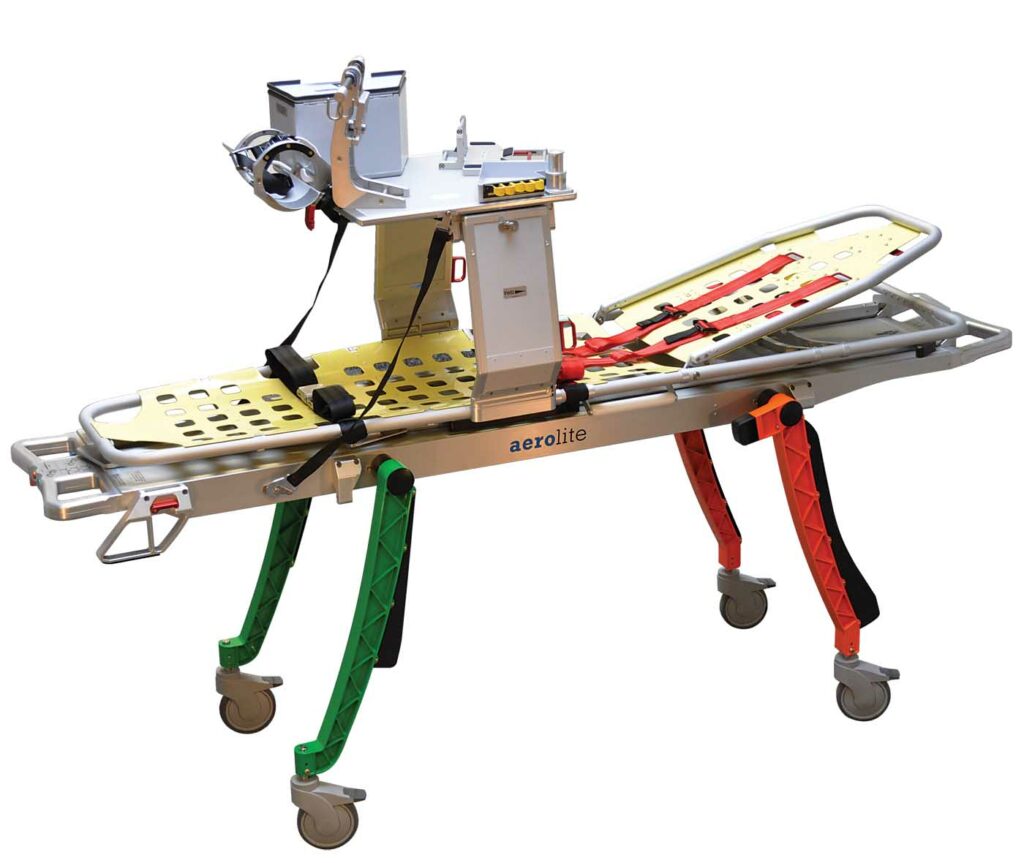
As the company continues to innovate and grow, Aerolite’s next big milestone is the planned construction of a new 48,400-square-foot (4,500-square-meter) manufacturing facility near Lucerne. This new plant is expected to come online within the next five years, and will allow the company to increase its production capacity in line with demand for its products and services.
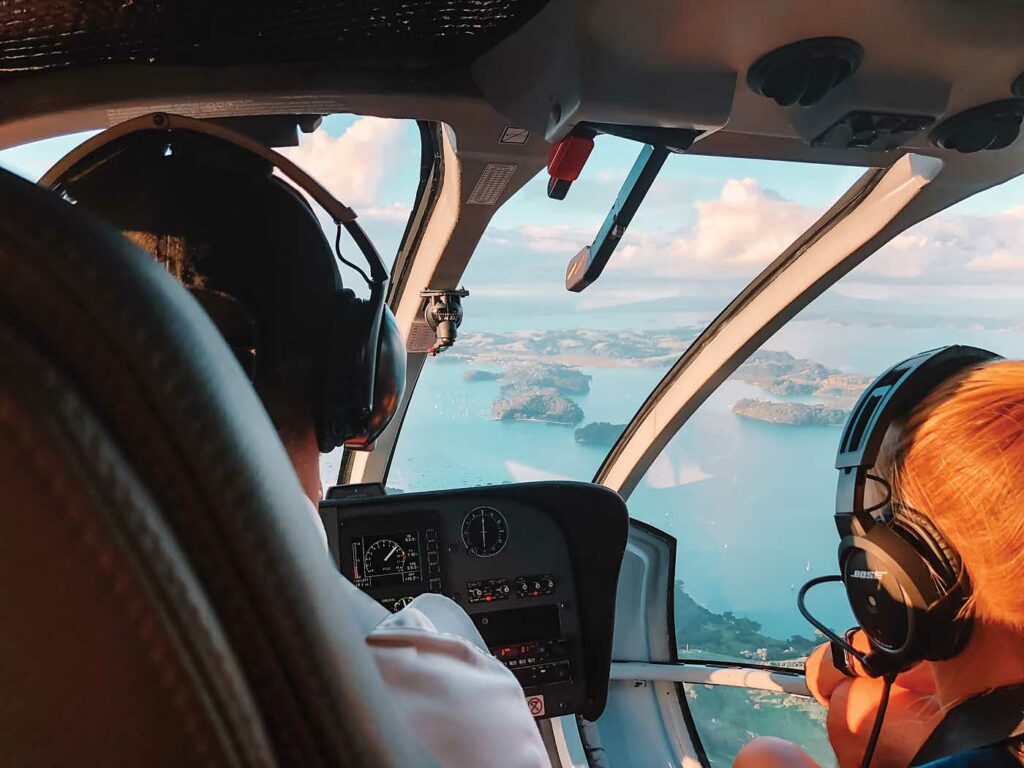
Aerolite is also looking to significantly expand its presence in the U.S., primarily through its facility in Fort Mill, a suburb of Charlotte, South Carolina.
“We are acting close to the U.S. market, and our focus for the future is to be ready for operators in the United States,” Hengartner said. “This is a signal that we are close to customers in the U.S.”
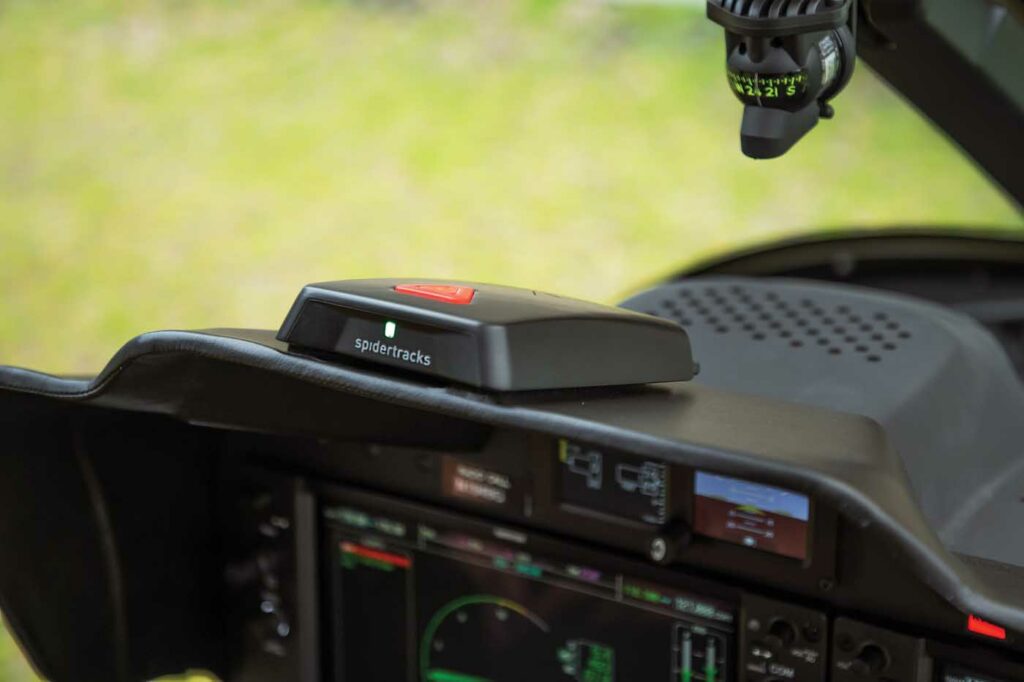
He added that this proximity enables Aerolite to respond quickly to customer needs.
“Our mission is always to support the customer in what they’re looking for,” he said. “And that’s driven by their mission to save lives.”





